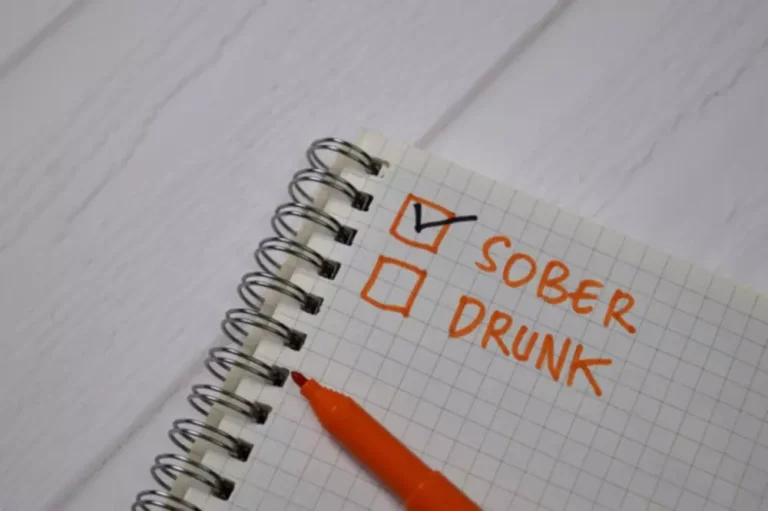
Stages imply a readiness to change and therefore the TTM has been particularly relevant in the timing of interventions. Matching interventions to the stage of change at which an individual is, can maximize outcome. The therapist therefore planned to improve his motivation for seeking help and changing his perspective about his confidence (motivational interviewing). Each of the five stages that a person passes through are characterized as having specific behaviours and beliefs. His primary strengths include clinical insight into substance abuse/mental health, hard work ethic, and ability to work well under pressure. Skill sets include counseling/clinical competency, revenue generation strategies, strong written/oral communication skills, insurance billing/contracting knowledge and general empathy for others struggling with substance use disorders.
- The clashing cognitions may include ideas, beliefs, or the knowledge that one has behaved in a certain way.
- In fact, according to Cooper (2007), “Festinger’s insistence that cognitive dissonance was like a drive that needed to be reduced implied that people were going to have to find some way of resolving their inconsistencies.
- Let’s say, for example, a person discovers new information that challenges a deep-rooted belief.
A Theory of Cognitive Dissonance – Leon Festinger
After you make a choice, you might wonder if the option you didn’t choose might have been better. Even though you value your health and generally try to follow a healthy lifestyle, you consistently stay up late and rarely get the recommended 7 to 8 hours of sleep each night. Cognitive dissonance refers to the sense of unease and discomfort people experience when there is an inconsistency between what they think or how they act and what they perceive in the world. Heider’s Balance Theory, on the other hand, emphasizes the desire for balanced relations among triads of entities (like people and attitudes), with imbalances prompting changes in attitudes to restore balance. It is a theory with very broad applications, showing that we aim for consistency between attitudes and behaviors and may not use very rational methods to achieve it.
Factors That Influence Cognitive Dissonance
The client is also encouraged to change maladaptive habits and life style patterns. The model incorporates the stages of change proposed by Procahska, DiClement and Norcross (1992) and treatment principles are based on social-cognitive theories11,29,30. When an individual’s values are well-aligned and consistent with their actions, they are more likely to experience cognitive consonance. The acute effects of amphetamine, nicotine, and cocaine fit straightforwardly into this scenario. Each of these drugs has been shown to acutely enhance learning and/or attention (Del et al., 2007; Kenney and Gould, 2008; Mattay, 1996). For example, the idea that smoking is a cognitive enhancer is well accepted by researchers and the general public.
Cognitive Dissonance: Theory, Examples & How to Reduce It
Since they work all day in an office and spend a great deal of time sitting, it is difficult to change their behavior. Sometimes you might find yourself engaging in behaviors that are opposed to your own beliefs due to external expectations at work, school, or in a social situation. This might involve going along with something due to peer pressure or doing something at work to avoid getting fired. There are a number of different situations that can create conflicts that lead to cognitive dissonance. Psychologist Joel Cooper recently published a comprehensive update of cognitive dissonance theory after more than 50 years of research.

Festinger’s Theory of Cognitive Dissonance
- Aronson’s Revision of the idea of dissonance as an inconsistency between a person’s self-concept and a cognition about their behavior makes it seem likely that dissonance is really nothing more than guilt.
- Group therapy and other methods must be prefaced with the “beginner’s mind,” however.
- It doesn’t just influence how you feel; it also motivates you to take action to reduce feelings of discomfort.
- Cognitive dissonance, defined as the psychological discomfort experienced by a person who holds two or more contradictory beliefs or values [95], has been found to be a significant predictor of user discontinuous usage intentions in prior research [43].
It’s common for addictive behaviors to include lies, distortions, and denial because they’re all the person’s attempts to “correct” the repercussions of their behavior in their head. They want to feel better about what they’re doing, even though they know it’s wrong, so they lie about it, deny it, and minimize its severity. Some people can completely believe in things that would seem irrational to another person.
- Rajiv was anxious since childhood (early learning and temperamental contributions) and avoided social situations (poor coping).
- All this involves putting aside any previously held beliefs that may have been limiting or self-destructive in any way.
- Still, they find substance abuse a more comfortable path because it blocks unwanted ideas, feelings, and responsibilities.
- Social skills training (SST) incorporates a wide variety of interpersonal dimensions15.
The these platforms have an impact on the entertainment industry, and these factors contribute to the success of these platforms [31,32]. While research has focused on the light side factors that influence user engagement and retention, the research on the dark side of discontinuous usage intention of pan-entertainment mobile live broadcast platform users is in a research gap. Therefore, more research is needed on the specific antecedents that drive discontinuous usage intention of users of pan-entertainment cognitive dissonance addiction mobile live broadcast platforms. Cognitive behaviour therapy is a structured, time limited, psychological intervention that has is empirically supported across a wide variety of psychological disorders. CBT for addictive behaviours can be traced back to the application of learning theories in understanding addiction and subsequently to social cognitive theories. The focus of CBT is manifold and the focus is on targeting maintaining factors of addictive behaviours and preventing relapse.


Addictive behaviours are characterized by a high degree of co-morbidity and these may interfere with treatment response. The wife was involved in therapy, to support his abstinence and help him engage in alternate activities. Rajiv’s problem is an illustration of how various psychological, environmental and situational factors are involved in the acquisition and maintenance of substance use.
The Nature of the Belief
The behavioral intention part of the framework refers to the likelihood of an individual engaging in a particular behavior, which in this study refers to stopping the use of the pan-entertainment mobile live broadcast platform. By utilizing this theoretical framework, this study will be able to identify the specific factors that influence the behavioral intention to discontinue among users of pan-entertainment mobile live broadcast platforms. This will provide a comprehensive understanding of the psychological process of discontinuing the use of Chinese https://ecosoberhouse.com/ pan-entertainment mobile live broadcast platform users and help to determine the likelihood of reducing discontinuation. The study aimed to explore the discontinuous usage intentions of pan-entertainment mobile live broadcast users and the role of cognitive dissonance and self-efficacy in this process. The findings of the study extend the traditional “cognition-emotion-behavior intention” framework by incorporating the concepts of cognitive dissonance and self-efficacy and provide a more comprehensive understanding of discontinuous usage intentions.